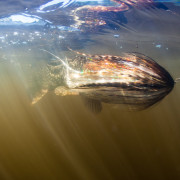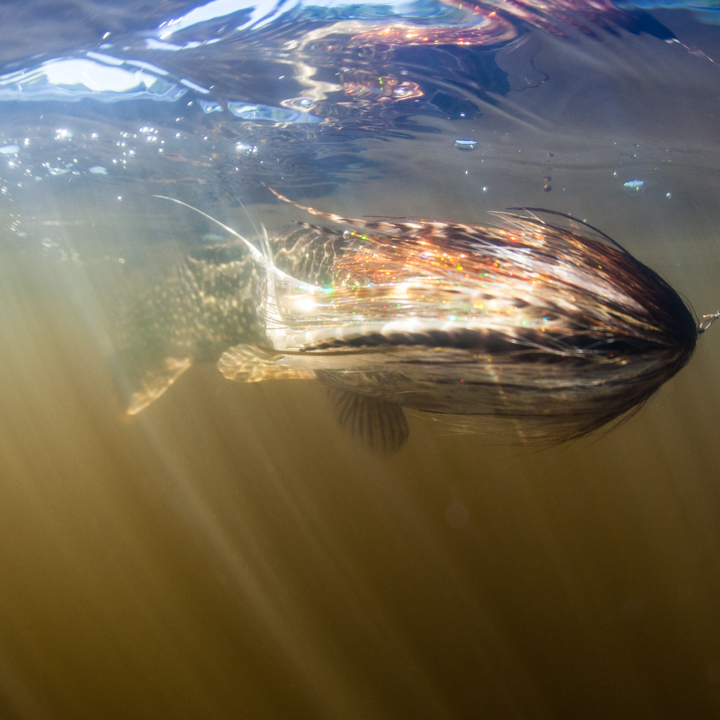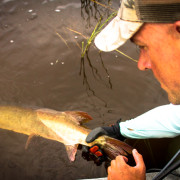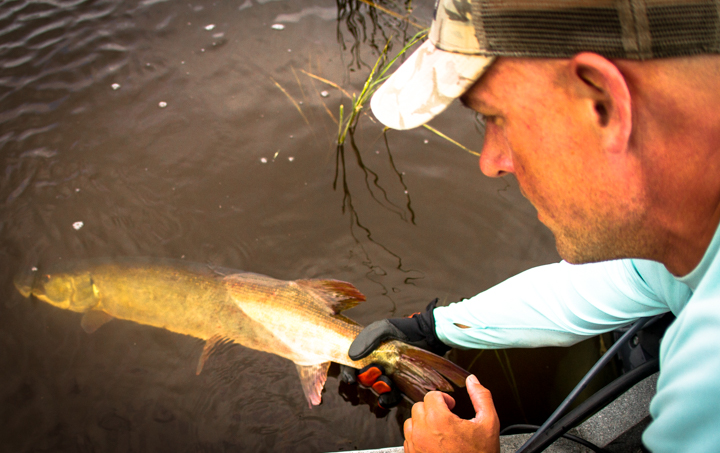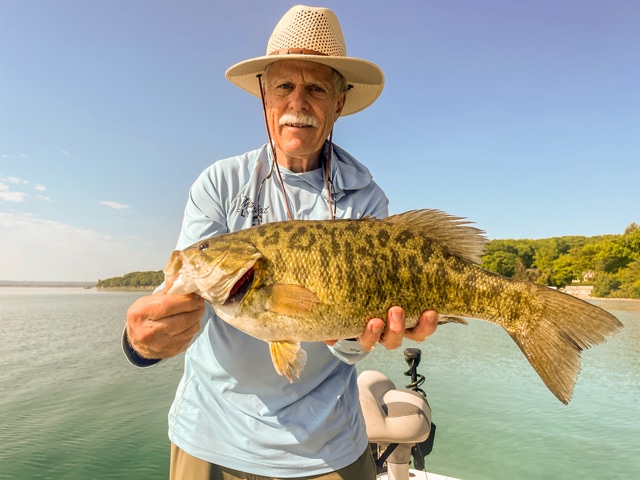The DEQ has announced that it has found two new invasive species in Michigan rivers. The Pere Marquette River near Ludington has New Zealand mud snails and the St Mary’s river has didymo (rock snot). Read the announcement here, by the DEQ. Both of these species are very harmful to our rivers and the fish we pursue.
To stop further spread of these invaders wash all of your equipment thoroughly, including your warders, boots and boats after getting out of the water is mandatory. We all fish multiple rivers, we need to be vigilant to keep the remaining waterways free of these pests. Cleaning wading boots and waders is key to stopping the spread of invasive species.
Waders and Wading Boots – should be dried inside and outside throughly. This is especially important during the summer months when perspiration may build up in waders even with gore-tex and other breathable fabrics.
-
Clean off any mud, sand or other fine debris before leaving your stream or lake. This is especially important if you are fishing a stream or lake infected with rock snot AKA Didymo, zebra mussels or New Zealand mud snails. Use fresh water if you have enough to do this. Otherwise using the stream or lake water you are fishing in will help to keep the critters where they started.
-
A good stiff vegetable brush will clean off mud and debris off the soles, welts and other parts of wading boots and the soles of waders.
-
Allowing boots and waders to dry in the sun will help damage invasive species. On waders make sure to dry the outside, then turn the gravel guards up so they will dry under them.
-
Build a simple but effective wader drying station by purchasing a four post prebuilt type hat rack at Lowes or Home depot. Attach it to the wall studs with a 2 inch screw in each end. Hang the waders by the suspenders with an open post between to allow the waders to drape open a bit. My station holds the waders about 2 inches above the floor.
-
Allowing waders to dry throughly between uses will generally kill the common aquatic invasive species. The suggestion is to dry for 5 days minimum between fishing trips.
-
Wading boots should be laid out to drain and dry completely between uses if possible. This is especially important with felt soles. Beginning in 2011, all major wading boot manufacturers will no longer offer felt soles. Sticky Rubber, Aqua Stealth, soft rubber Vibram soles, Eco-Trax soles are a few of the substitues on the market.
-
Other Methods
- Soak your waders and boots in hot water over 120 degrees for at least 30 minutes will help to kill most invasive species.
- A combination of hot water and salt solution can also be used. See Controlling the spread of invasive species for the mixtures.
- 100% vinegar is an alternative to salt.
- Do Not use 409. It will eat your waders, is hard on the environment and is illegal too.
- Use a high pressure sprayer to clean wader soles and the cracks and crevices inside and outside the boots will help. Then soak in a hot water bath.
- I scrub my boots and waders in a hot water bath to remove the left over mud, stream debris, etc. and allow to completey air dry before using again.
-
Take the Clean Angling Pledge and follow it.
If we want to continue to have some the best fishing in the United States we are going to have to stay on this. Please tell your friends and fellow fishermen about this problem and be part of the solution!



